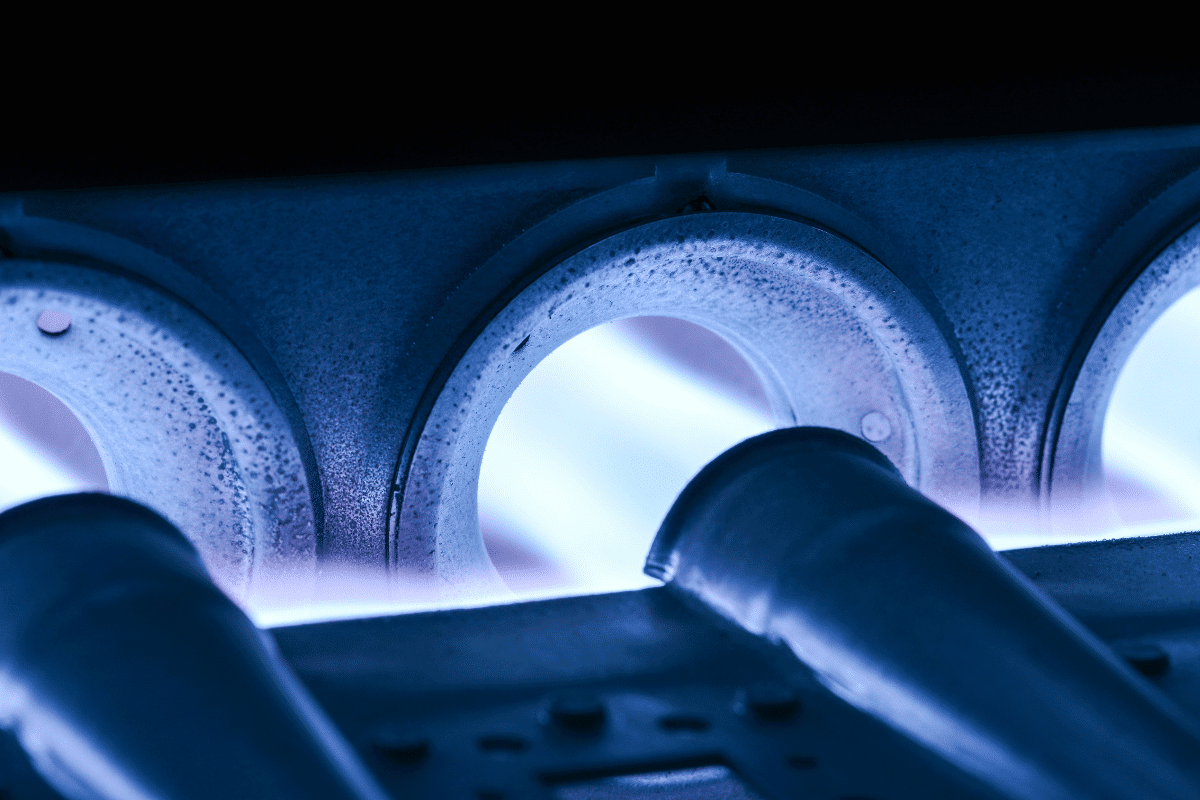October 6, 2025
Gas Furnace Not Igniting? Troubleshooting Guide Before Calling a Pro
When your furnace won’t ignite, it can be stressful—especially on a cold Idaho night. Before you call for professional furnace repair, a few simple checks might solve the problem. This guide from Sermon Service & Electric walks you through common causes and easy troubleshooting steps to get your heat running again.
1. Check the Thermostat Settings
It may sound obvious, but the thermostat is often the first culprit.
Quick Steps:
-
Make sure it’s set to “Heat.”
-
Confirm the temperature setting is higher than your current room temperature.
-
Replace the batteries if it’s a battery-powered thermostat.
If your thermostat display is blank or unresponsive, it may not be communicating with your furnace properly.
2. Ensure the Furnace Has Power
Even gas furnaces rely on electricity to operate.
Try this:
-
Locate the furnace switch (usually near the unit) and make sure it’s in the ON position.
-
Check your breaker panel for a tripped circuit. Reset if necessary.
-
If you have a GFCI outlet nearby, press the “reset” button.
If your furnace still doesn’t power up, you may have a wiring or control board issue—time to call the local heating experts.
3. Inspect the Furnace Door and Safety Switch
Most modern furnaces have a safety switch that prevents operation if the access panel isn’t securely closed.
What to do:
-
Turn off power to the furnace.
-
Check the access panel and ensure it’s properly aligned and snapped into place.
-
Restore power and see if the unit starts.
4. Verify the Gas Supply
If your gas furnace isn’t starting, it may not be receiving fuel.
Check the following:
-
Make sure the gas valve leading to your furnace is open (the handle should be parallel to the pipe).
-
If you recently had gas service work done, air may need to purge from the line—this can take a few attempts to ignite.
-
Avoid trying to relight the furnace multiple times in a row; this can flood the chamber with gas and become dangerous.
If you smell gas, turn off the furnace immediately, leave your home, and contact your gas provider or emergency services.
5. Examine the Pilot Light or Igniter
Your furnace may use either a pilot light (older models) or an electronic igniter (newer models).
For pilot light systems:
-
Remove the front panel and look for a small flame.
-
If it’s out, follow the manufacturer’s relighting instructions printed on the panel.
-
If it won’t stay lit, a dirty thermocouple or faulty gas valve may be the cause.
For electronic igniters:
-
Listen for clicking or sparking sounds when the furnace tries to start.
-
If nothing happens, the igniter may be cracked or burned out.
In either case, replacement parts and testing should be handled by a professional.
6. Replace or Clean the Air Filter
A clogged air filter can restrict airflow and cause your furnace to shut down as a safety precaution.
To check:
-
Turn off the furnace.
-
Remove the filter and hold it up to a light source.
-
If light doesn’t pass through easily, replace it.
Regular filter changes—every 1 to 3 months—help prevent ignition and performance problems.
7. Look at the Furnace Flame Sensor
A dirty flame sensor can prevent the furnace from igniting or cause it to shut off soon after starting.
If you’re comfortable doing so:
-
Turn off power and gas.
-
Gently remove the sensor (a small metal rod near the burner).
-
Lightly clean it with a fine emery cloth.
-
Reinstall and restart the furnace.
If the issue persists, the sensor may need replacement.
8. Check the Furnace Error Code Light
Many furnaces have a small LED indicator light that flashes an error code when something’s wrong.
To decode it:
-
Look for the viewing window on the front panel.
-
Count the flashes and refer to the label inside the panel for an explanation.
This can tell you if the issue is with ignition, airflow, sensors, or another component.
9. When to Call a Professional
If you’ve checked the basics and your gas furnace still won’t ignite, don’t risk further damage or safety issues.
Contact your local heating experts at Sermon Service & Electric. Our licensed technicians can quickly diagnose electrical, gas valve, or ignition control board issues—ensuring your home stays warm and safe.
Final Tip: Keep Up with Regular Maintenance
Annual maintenance helps prevent ignition failures, extend the life of your furnace, and keep energy bills lower. Our team offers comprehensive inspections to catch small issues before they turn into big repairs.
Don’t wait until your home gets cold. Schedule your furnace inspection or repair with Sermon Service & Electric today—trusted, local, and always ready to help.

